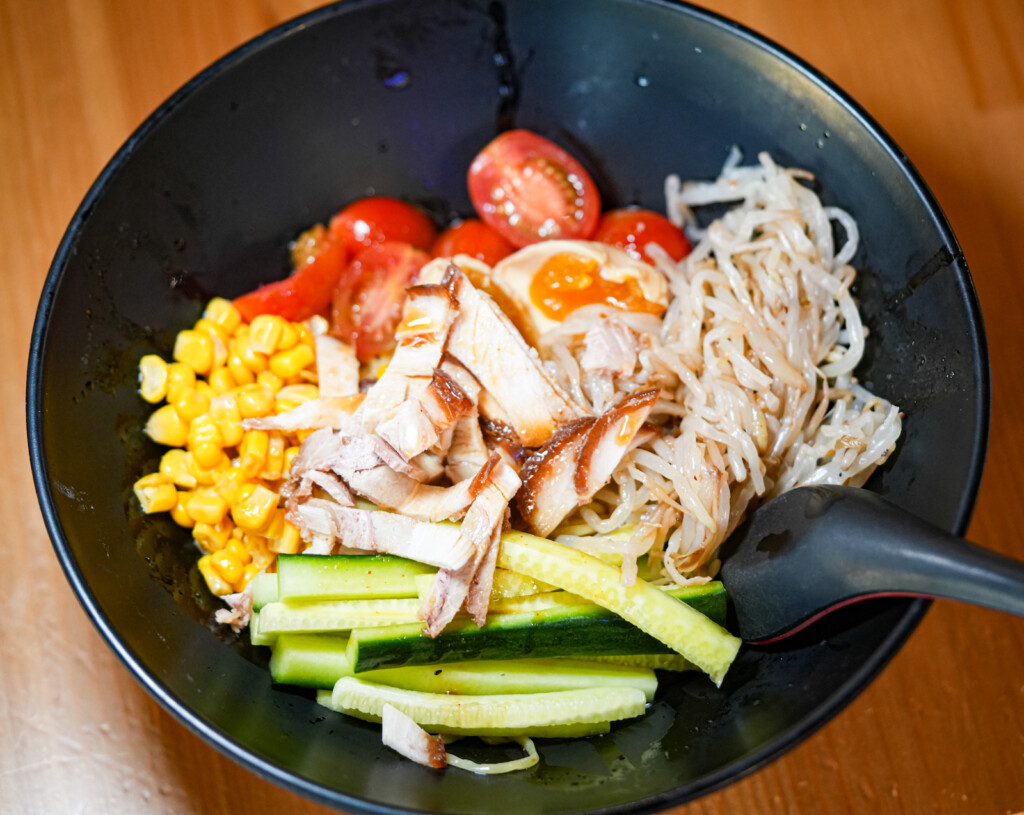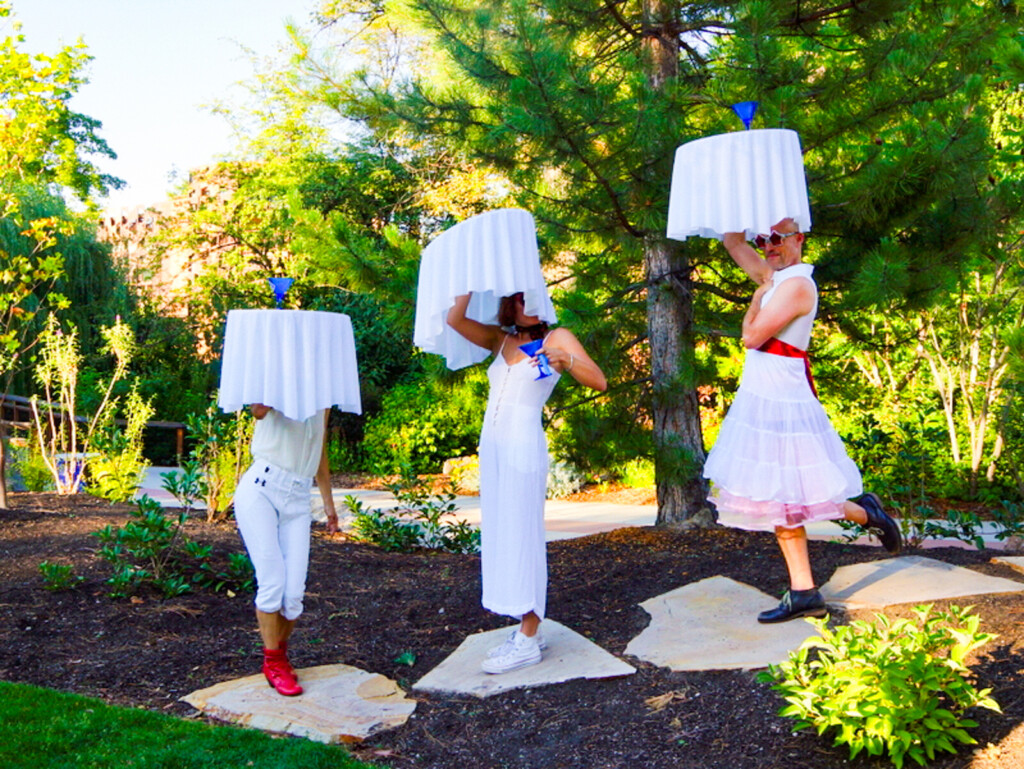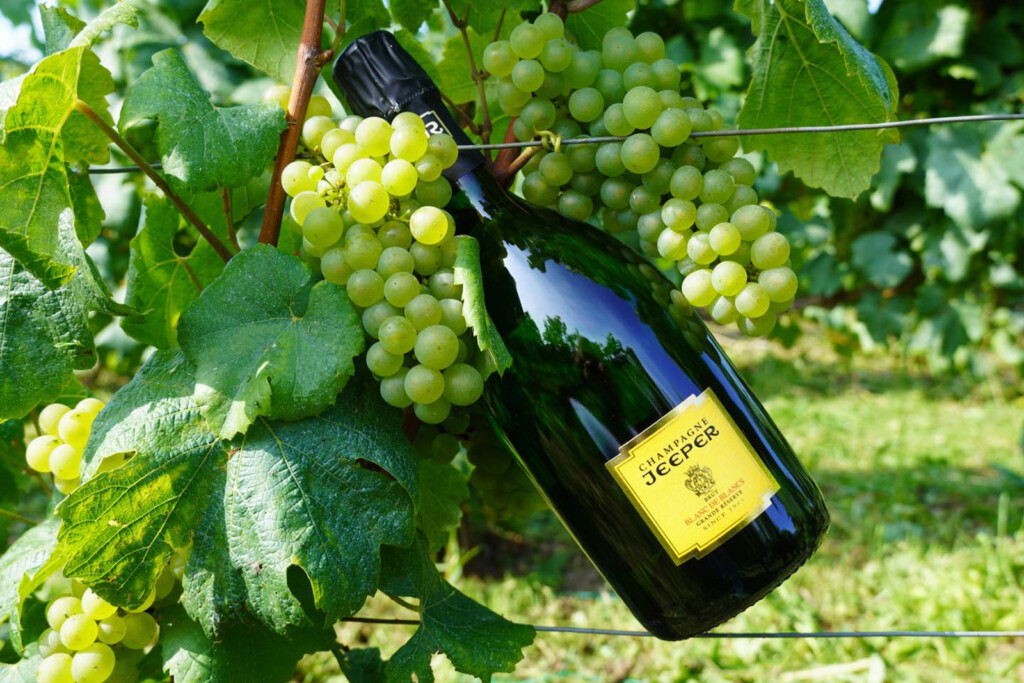
My son, Hank, works at a really great Italian restaurant in Medford, New Jersey called ITA101. Chef-Owner Kevin Maher, after attending the prestigious Culinary Institute of America, went to Italy for a restaurant internship and wound up staying in the country for 14 years.
At ITA101 my favorite dish (and there are so many favorites!) is Chef Maher’s cacio e pepe. It’s an extremely simple, rustic dish with very few ingredients, but one that is hard to get right. Pepe in Italian means “pepper,” and cacio is a Roman dialect word for Pecorino Romano, which is a sharp, salty sheep’s milk cheese. There is no cream, butter, milk or anything like that involved in making the silky sauce for cacio e pepe. It’s made solely from the pasta cooking water, a little olive oil, and cheese.
If you’d like to see how Chef Kevin Maher makes his cacio e pepe, click here to see a video.
The recipe I’m sharing here is not Kevin’s. I don’t think he uses a recipe; he cooks with his head, hands and heart. But hopefully, my version of cacio e pepe isn’t too far off from his world-class version.
Ingredients:
- 1 lb. spaghetti, preferably homemade or fresh (Chef Maher uses chitarra pasta, which is similar to tonnarelli.)
- Sea salt for cooking the pasta
- 1-2 Tbs. crushed black pepper, depending on how spicy you like your pasta
- 2 cups finely grated Pecorino Romano cheese (Use only the best imported Pecorino Romano you can find – I like Pecorino Romano Fulvi from Caputo’s.)
- Extra-virgin olive oil
- Note: A lot of American recipes for cacio e pepe include butter – a very un-Roman ingredient, although it does make the “sauce” easier to make. For authentic cacio e pepe, skip the butter.
Method:
1. Cook the pasta until just al dente in salted water. Drain the pasta, reserving a cup or so of the hot cooking water.
2. In a skillet or saute pan large enough to hold the pasta, place 1 Tbs. of crushed pepper into the dry pan. Toast the pepper over medium-high heat until it becomes fragrant.
3. Add a half cup of the reserved water to the pan with the pepper. (Stand back, it will steam.)
4. Working quickly, toss the pasta with the pepper and water.
5. Sprinkle 1 cup of the cheese onto the pasta, along with a drizzle of the oil (about a tablespoon).
6. Toss and stir the pasta rapidly, adding a little more water if necessary. You want to create a sauce that coats the pasta, but isn’t watery or runny. Add a little more cheese, as necessary.
7. Place the pasta onto serving plates and top with more crushed pepper and more Pecorino Romano cheese.
Buon appetito!
FOR MORE RECIPES GO HERE
THIS CONTENT IS FROM UTAH BITES NEWSLETTER.
GET OUR WEEKLY RESTAURANT REVIEWS, TED’S FAVORITE RECIPE AND DRINK OF THE WEEK DIRECTLY TO YOUR INBOX . TO SIGN UP FOR FREE GO HERE.
 Originally trained as an anthropologist, Ted Scheffler is a seasoned food, wine & travel writer based in Utah. He loves cooking, skiing, and spends an inordinate amount of time tending to his ever-growing herd of guitars and amplifiers.
Originally trained as an anthropologist, Ted Scheffler is a seasoned food, wine & travel writer based in Utah. He loves cooking, skiing, and spends an inordinate amount of time tending to his ever-growing herd of guitars and amplifiers.
SUPPORT OUR SPONSORS: click on their logos to visit their website
[envira-gallery id=”30879″]





